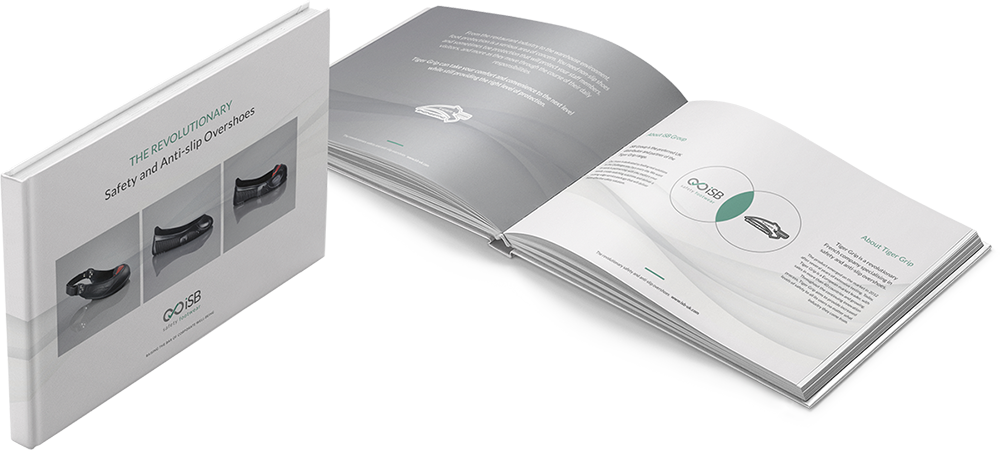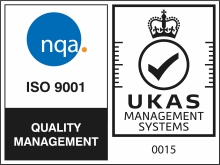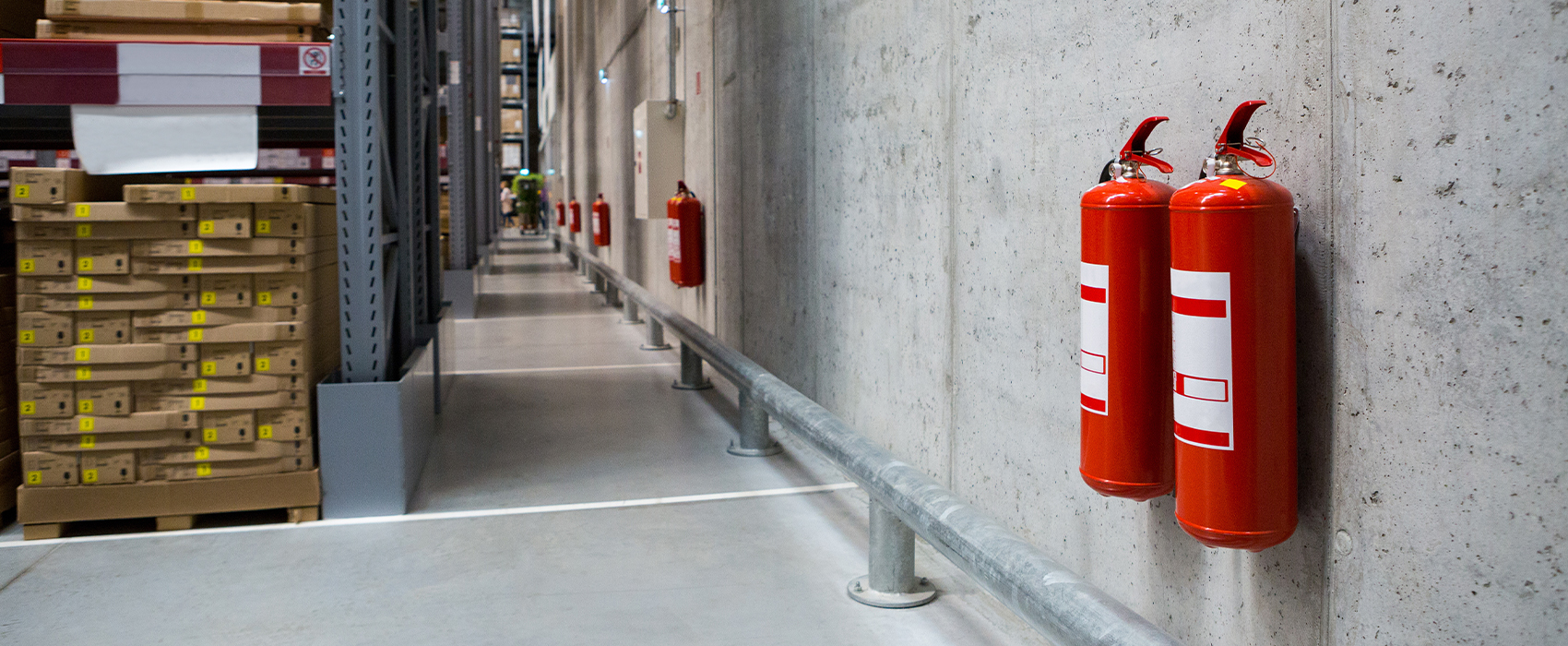
Fire extinguisher inspection: A checklist
Having the right fire safety equipment to hand in the event of an incident may mean the difference between escaping harm entirely, and death or serious injury. Nick Grinnell sets out what to look for during fire extinguisher testing…
One of the most essential forms of fire safety equipment, fire extinguishers are a site safety staple you invest in with the hope you’ll never need to use them. But in the event of a fire, if you do need to use one, you expect it to work as anticipated.
A fire extinguisher is the first line of defence, used to fight a fire at an early stage, to prevent it growing. Fires not tackled at this early stage can quickly and easily spread, endangering lives and property. With this in mind, regular testing should be carried out on all fire extinguishers to ensure they are up to the task of effectively fighting a fire in the workplace, should it be required.
Fire extinguisher testing: A legal requirement
Employers in the UK are legally required to service their fire extinguishers at least once a year.
Servicing must be carried out by someone with BAFE (British Approvals for Fire Equipment) qualifications or equivalent.
They will check the extinguisher is in date, in visibly good condition and has not been tampered with. They will also make sure the weight and/or pressure is correct, that the pin and hose are in good working order, and that the instructions on the extinguisher are legible.
Any extinguishers that fail any of the checks will either be repaired or recommended for immediate replacement.
All fire extinguishers in the workplace should have a service label showing the date it was last serviced, the outcome of the service, and the date of the next. They should also have a matching certificate from a BAFE-qualified individual or organisation.
Extended fire extinguisher testing
The law also requires that extended fire extinguisher testing be carried out every five years for powder, water or foam extinguishers, and every 10 years for high-pressure CO2 extinguishers.
Extending testing includes:
- A discharge test
- Valve overhaul and servicing
- Re-pressurising and refilling.
CO2 extinguishers are sent to an approved centre for hydraulic or ‘stretch’ testing and replacement of the main valve.
All fire extinguishers are recommended to be replaced after 20 years, regardless of type or condition.
Fire extinguisher inspection
Aside from annual testing, maintenance and repair, employers also have a duty to carry out visual inspections of the fire safety equipment in the workplace – including fire extinguishers – on a more frequent basis to ensure everything is fit for purpose and ready to be used if required.
Fire extinguisher inspections should be ideally be carried out once a month as a minimum. A checklist of things to look out for includes:
- Is the extinguisher present at its designated location?
- Is it visible, with nothing blocking it from view?
- Is it easily accessible where it is installed?
- Is there clear signage indicating the presence of a fire extinguisher at that location?
- Is the extinguisher itself damaged in any way? Look for signs of leakage, corrosion, or tampering
- Is the pressure indicator dial pointing to green? This shows the working pressure of the fire extinguisher is at the appropriate level
- Does the extinguisher feel full? Lift it to check
- Is the support bracket or stand adequate to hold up the extinguisher so it doesn’t fall?
- Is the service label present and legible?
Is the handle intact, not broken or wobbly? - Are all the locking pins and seals present and undamaged?
- Are the hose and nozzle intact? Check for blockages, tears and cracks
Any fire extinguisher that fails any of the above checks should be put out of use until it can be serviced and re-certified by a trained professional.
A written record should also be kept of all visual fire extinguisher inspections carried out, along with the initials of the person who performed the inspection, as they may be useful to refer to during annual servicing.
Inspection labels and fire marshal signs are available, along with a wider range of health and safety items through our online store.
Related products
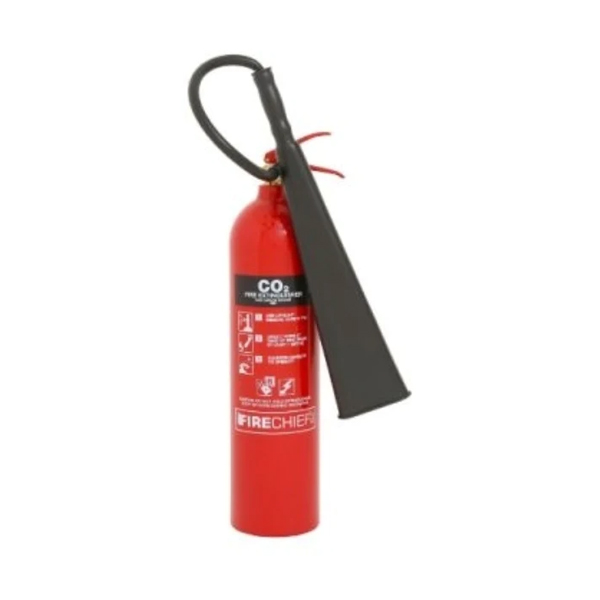 1
1
CO2 Fire extinguisher- SFS1030
For fires caused by electrical equipment, petrol, diesel, paints and flammable liquids
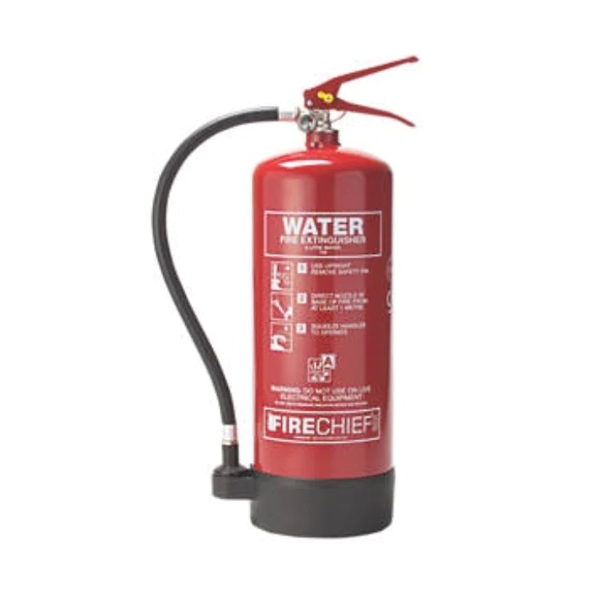 2
2
Water fire extinguisher- SFS1046
Excellent fire supression for freely burning materials such as paper, cloth and wood
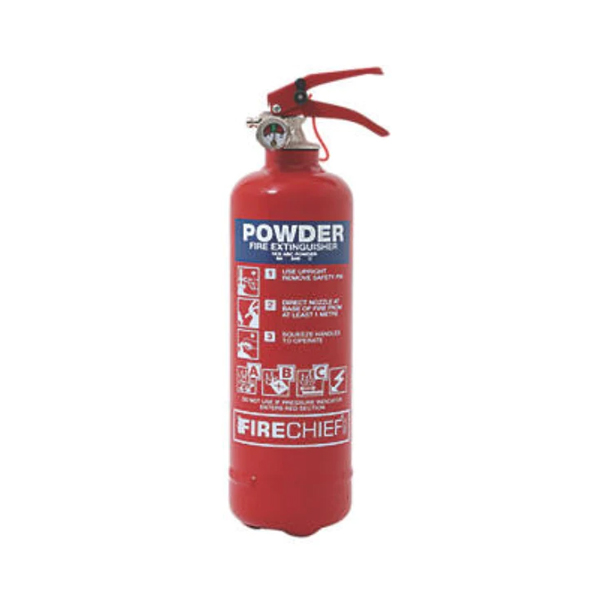 3
3
ABC Powder fire extinguisher- SFS1021
Highly effective and versatile medium for class A, B, C and electrical fires
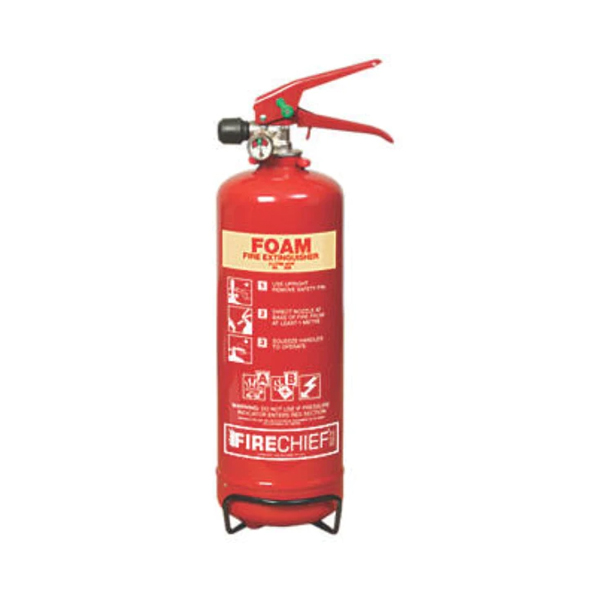 4
4
AFFF Spray foam fire extinguisher- SFS1052
Fast and powerful means of tackling class A and B fires
















